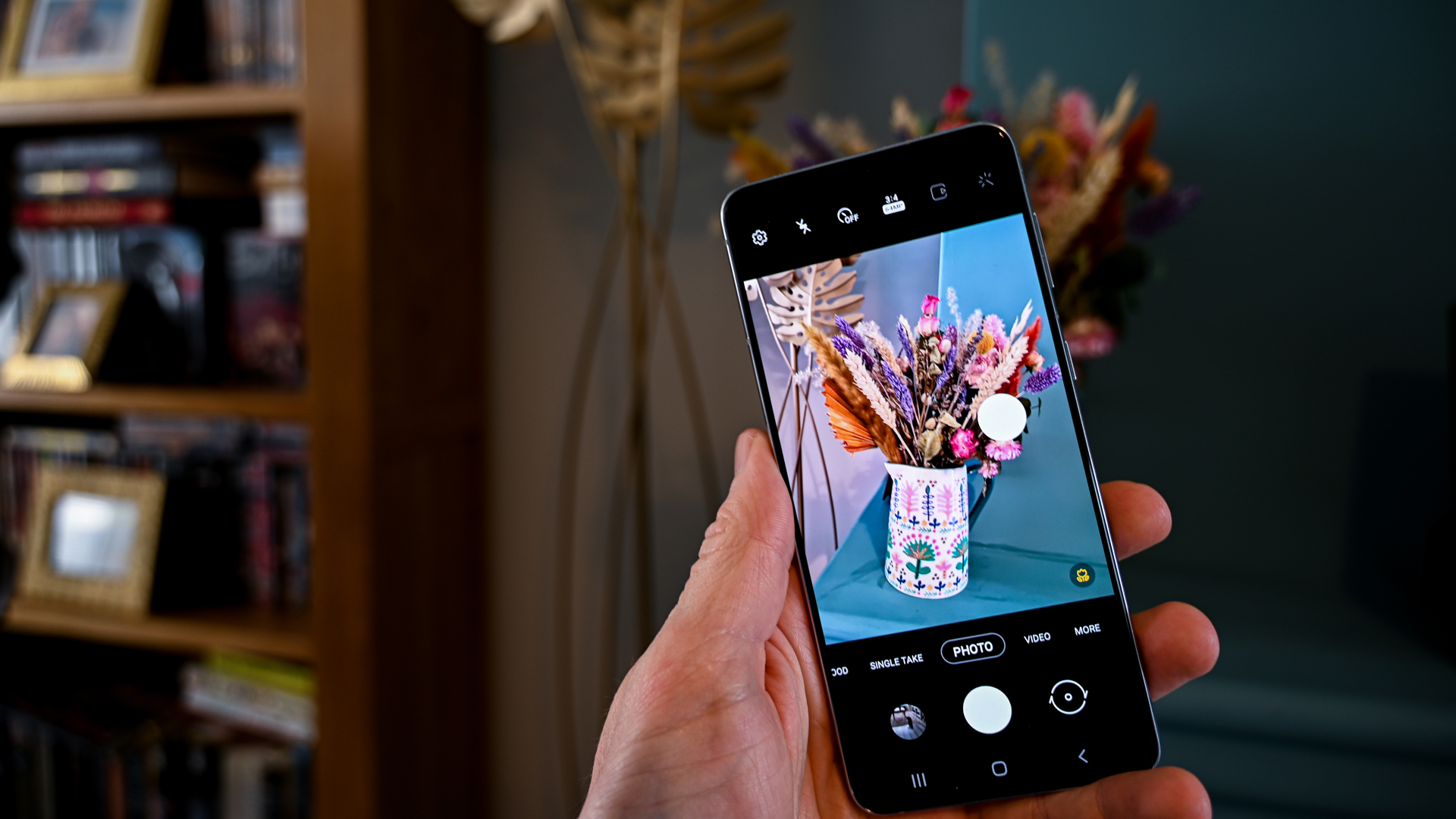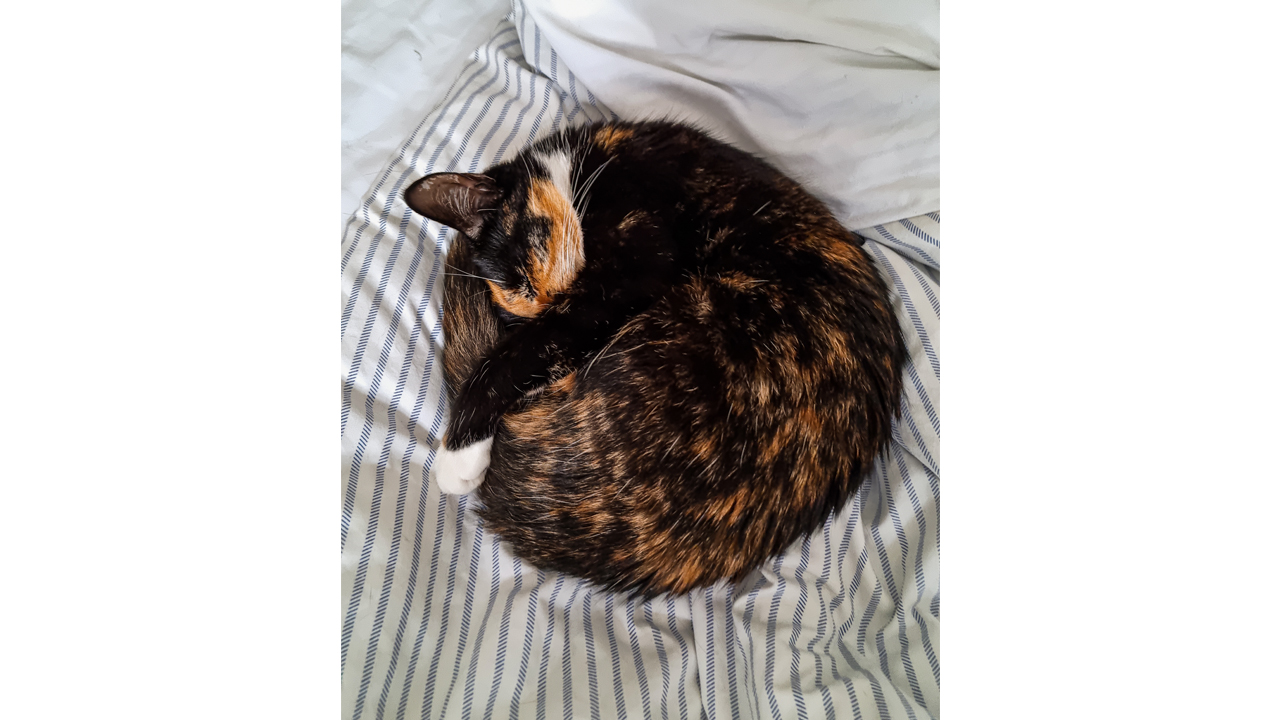The Samsung S21 Plus is the larger of the standard Galaxy models in 2021. And while it doesn’t offer a substantial upgrade on last year’s S20 Plus, it remains a fantastic phone, and one of the best Android handsets you can buy. It combines a vibrant, edgeless, 6.7-inch display with a powerful processor, a potent set of cameras, and an overall design that makes it both tough and stylish. Despite some of the small faults, which we’ll discuss a little later, the Samsung Galaxy S21 Plus is easily one of the best smartphones you can buy.
But should you choose this model over the regular Samsung Galaxy S21? Well, to save you a little time if you’re simply reading for a comparison, here are the highlights: while the S21 Plus is about $300 more expensive, it packs in these upgrades over the regular S21. Firstly, it’s larger - the display on the regular S21 is 6.2-inch, and here it’s 6.7-inch. That does make a difference. Additionally, the back of the Plus device is made with the metal frame that comprises the edge, whereas the vanilla S21 has a cheaper, more fragile, plastic back.
You also get a larger battery on the S21 Plus - a 4,800 mAh version, compared to 4,000 mAh in the normal S21. This does make a significant difference to how long you can use it between charges. The rest is pretty much identical. Long story short, if you value battery life and want a bigger screen for watching movies and gaming on, spend the extra money for an S21 Plus. If not, the regular Galaxy S21 is perfect for you and cheaper.
Samsung Galaxy S21 Plus: Design
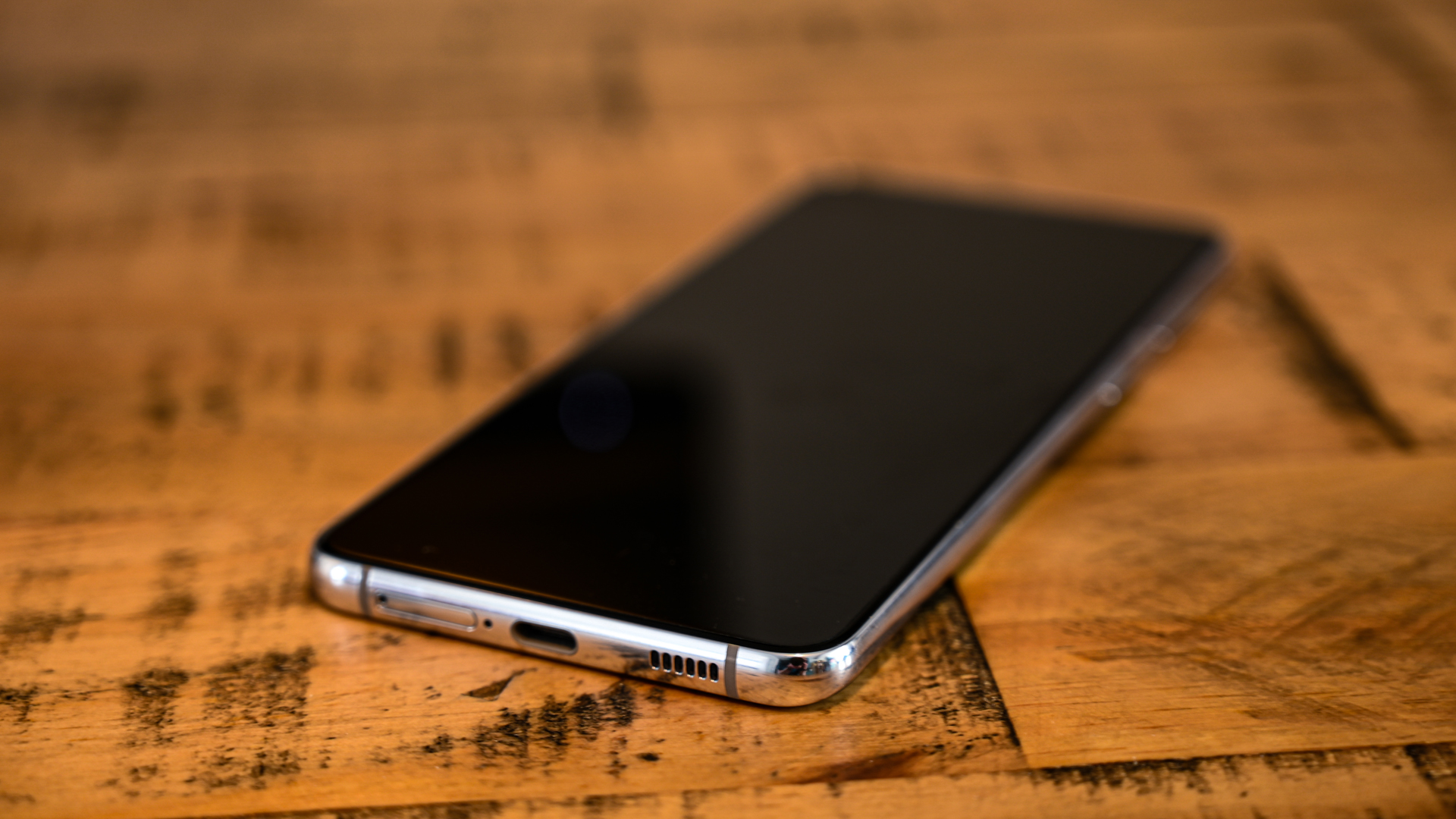
The Samsung Galaxy S21 Plus is as slick as smartphones get. The Gorilla Glass Victus screen runs right to the edge of the phone where it meets a sturdy metal frame in your choice of colors. Ok, so those colors are Phantom Black, Phantom Silver and - wait for it - Phantom Violet, but you do have a choice. The Bixby button on the left of the handset is long gone, and now you only have the volume bar discreetly tucked onto the right side of the device, with the ‘power’ button beneath that (which you can configure for other uses).
The sim card slot is now on the bottom of the device, along with the USB-C fast charging port and the phone speaker. This minimalist design enhances the phone’s waterproof capabilities, and leaves the top of the handset pleasingly free of any function.
You can unlock the S21 Plus by either pressing the power button to bring up your unlock screen, or by double tapping the screen at the bottom - simple. We’re pleased to report that both the fingerprint and facial recognition unlocking works a charm, with Samsung ironing out most of the kinks in these security features with the S10 Plus and S20 Plus.
Of note, then, is that there’s no longer a 3.5mm headphone jack, so you need wireless cans to connect with the Galaxy S21 (Samsung was a bit of a holdout in that area, but has now ditched the port). And while you do get a USB charging cable included with the phone, there’s no plug adaptor for this cable, so you’ll need to buy one separately. Apparently this was designed to keep the cost of the phone down, but it seems a bit mean to us considering this is a $1000 smartphone.
Samsung Galaxy S21 Plus: Performance
The Samsung Galaxy S21 Plus is powered by the same chips that run across the whole S21 range - a Snapdragon 888 operates as the system chip, while there’s a Kryo 64-bit 5nm chip acting as the processor. Both variants of the S21 Plus come with 8GB of RAM. What does this mean in real terms? Well, it performs lightning fast across almost any app you throw at it - and we’ve tested it with a bunch of games like The Room 3 and Fortnite, and productivity apps, like Adobe Lightroom. While it benchmarks lower than the Apple iPhone 12 Pro, which uses an A14 Bionic chip, you won’t notice any difference in performance while you’re actually using it.
The Galaxy S21 Plus comes with two storage sizes: 128GB and 256GB. Now, this year that makes quite a difference, because the microSD card slot is gone, so the storage you buy is the storage you get. Samsung will encourage you to take advantage of OneDrive storage to expand the files you can have, but it’s no substitute for the ability for a single-purchase piece of physical media.
Like all Galaxy phones the S21 Plus uses Android, and we’re currently at version 11 of this software. It’s highly customizable on the S21 Plus, and navigating through it is slick and satisfying. Android also has great accessibility options, which makes the Samsung Galaxy S21 Plus one of the best smartphones for seniors who are looking for something a bit bougie. Sometimes you’ll find it tough to locate the exact function you need, but the search bar will help you get there in most cases. Basically, there are no performance issues here - just minor complaints, such as the reliance on wireless audio and cloud storage, to make the phone feel ‘complete’.
Samsung Galaxy S21 Plus: Display
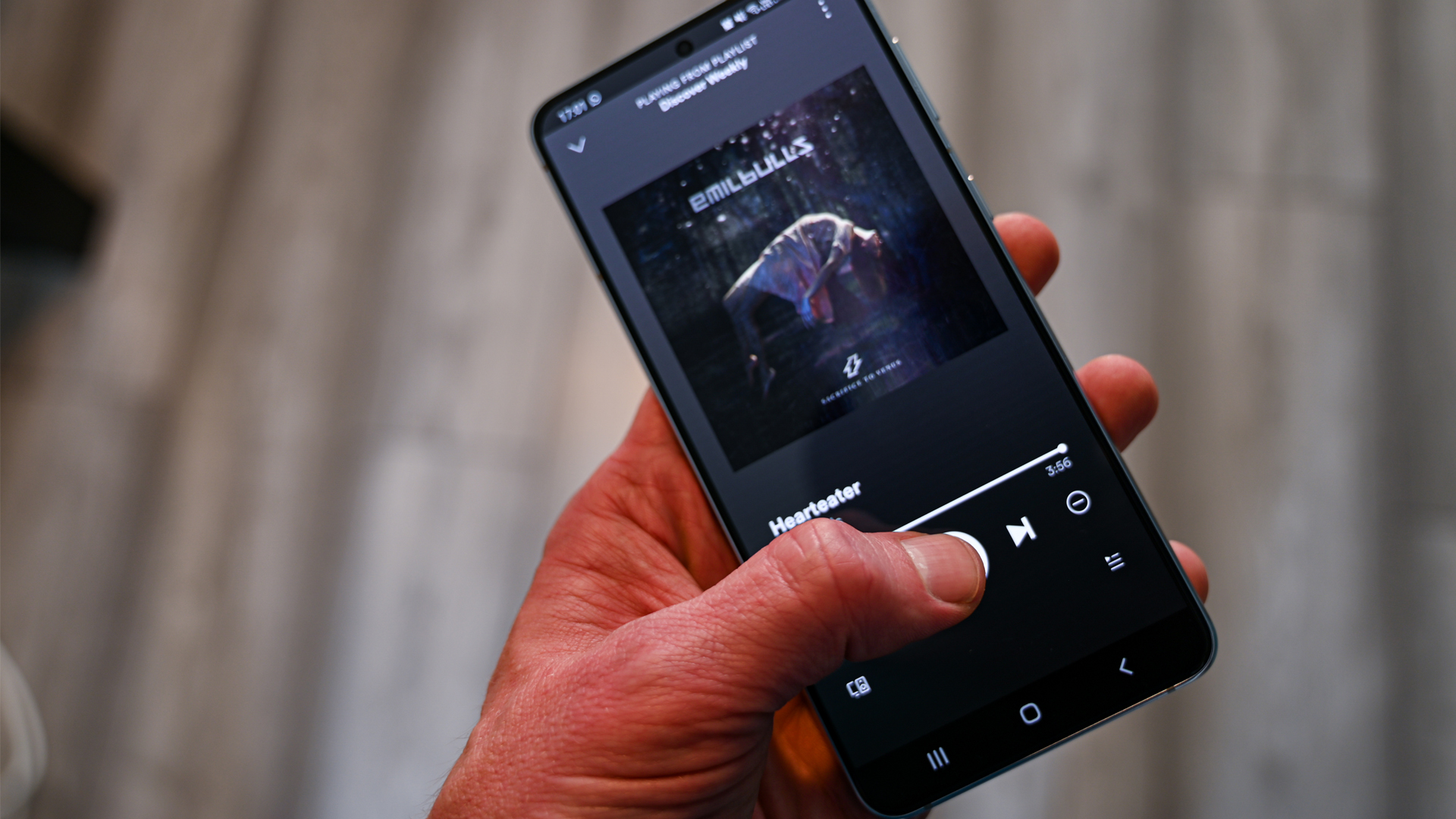
Congratulations - you’ve reached the part of the review where we explain why the Samsung Galaxy S21 Plus is a magnificent phone, and not merely a good one. That 6.7-inch AMOLED screen, capable of pumping out Full HD images (2400x1080) at 120Hz, is an absolute delight for watching videos on. Be they movies or TV shows streamed from Netflix, or just home movies shot on the phone’s impressive camera, every piece of footage shines on this display. It’s capable of a brightness of 1300 nits too, which is stunning for a phone. The adaptive brightness, when enabled, will help you optimize your screen and battery, so you’re getting the absolute best performance for the lowest power consumption.
Sensitivity simply isn’t an issue, and the touchscreen works well right to the edges of the screen. The fingerprint reader is more accurate this year too, and it performs well even with wet finger prints and dirty fingers. Don’t ask how we tested this.
In terms of toughness, the Gorilla glass is outstanding, and can withstand bumps, drops, and scratches without any kind of impression on the screen. While no phone is absolutely bulletproof, this is probably one of the toughest devices you’ll find - which is good, considering the phone is so expensive.
Samsung Galaxy S21: Cameras
There are three cameras built into the rear of the S21 Plus and, while Samsung has done a good job of making the lenses as ergonomic as possible, they do stick out a little. These cameras are: a 12MP main, a 12MP ultrawide lens, and a 64MB ultra zoom with 30x digital zoom magnification. There’s also a 10MP wide lens on the front. Each of the cameras offer impressively low aperture ratings, ranking from f/1.8 to f/2.2 - something you’d pay handsomely for with proper camera lenses.
What this means in practice is that they’re designed to take fantastic photos in good light of people, food, and certain landscapes. While the zoom has a 30x magnification rating, you lose a lot of definition very quickly, so it isn’t suitable for wildlife photography or any other kind of proper zoom activity. Samsung has talked a lot about the low-light capabilities of the S21, but we found it to be pretty average at low-light shooting, even when using the pro settings. What the S21 does very well, however, is depth of field and more close-up photos - almost to the extent of being a capable macro camera. It handles portraits fantastically well, and the food setting in the camera does a spectacular job of isolating a ‘plate-like’ area to really highlight what you’re snapping.
You’ll get up to 8K video from the Galaxy S21 Plus, which is Samsung’s other much-hyped feature. We found the frame rate a little limiting on the 8K video, and while it’s impressively sharp, we much preferred shooting video at 4K and a higher refresh rate (60Hz). Unless you’re one of few people with an 8K-ready TV, and a real desire to show off that resolution, it feels like a waste of time.
Samsung Galaxy S21: Battery
Here’s where the S21 Plus has a significant advantage over the regular S21. The 4800 mAh battery charges fully via 25W fast charging in about 90 mins to 120 mins from empty/near empty. You’ll get about two days of moderate use from that, or a day and a half of heavy use. When we plug this phone in at night it has 45-50% battery remaining.
The power sharing feature, which allows you to juice-up someone else’s phone, has been much improved over the past couple of years. You’ll now be able to give another phone about 10% charge in roughly 15 minutes, which can make all the difference for a near-empty user.
Obviously, we’re yet to test how the Galaxy S21 Plus’ battery lasts over time. Over the course of a two year test on the S10 Plus (which is now two years old), we found that the same regular use resulted in a drop from about 50% charged at the end of the day to 25-35% at the end of the day. So, assuming the S21 Plus follows a similar pattern the battery should easily last you all day even after two years of use (and probably three to four). As batteries go, that’s good. The Galaxy series has always had a perceived battery life problem and we have noticed a significant difference in the endurance between the regular S series phones and the S Plus models.
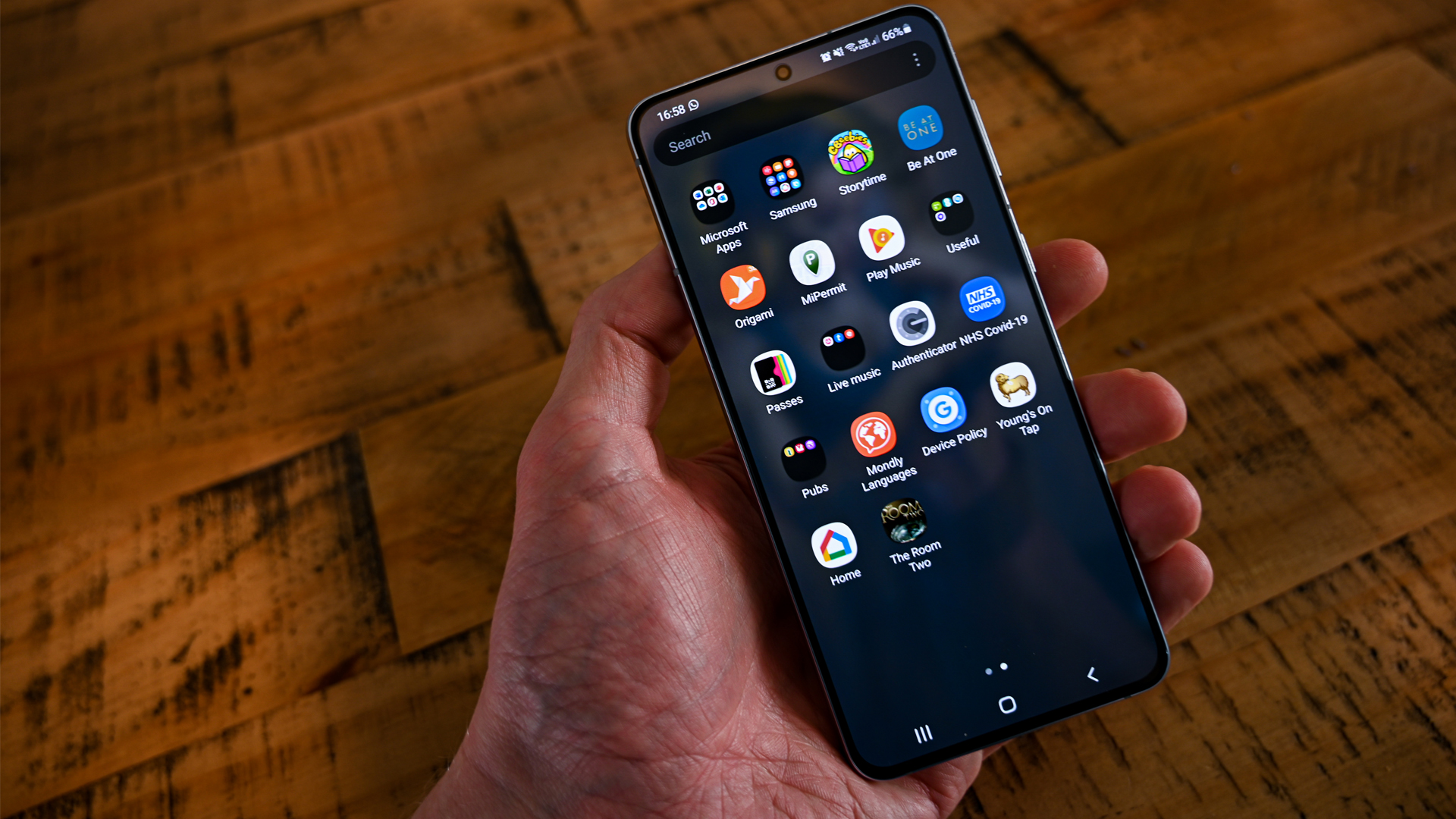
Should you buy the Samsung Galaxy S21 Plus?
The question of whether or not you need the Samsung Galaxy S21 Plus really depends on your circumstances. If you’re new to the Galaxy phones, and you’re looking for a premium phone that gives you a great all-round experience then, yes, you should absolutely buy the S21 Plus.
Should you choose it over the regular S21? Or even spend money on the far more powerful S21 Ultra? Most people will feel the benefits of the Plus over the regular S21 - the bigger screen, bigger battery, and slightly better build quality all add up to justify the increase in price. Only ultra-hardcore phone fans need consider the Ultra, which is significantly more expensive, and comes with features you’ll rarely notice the benefit from.
However, if you already own a Samsung Galaxy S20 Plus, and you’re looking to upgrade, then stop! This probably isn’t the time. If you need a new handset you’ll feel the difference with the S21 Ultra, but the Plus will be very much the same thing. So there’s little point upgrading. If, however, you’re moving from an S8, S9, or S10… yes, go for it - you’ll feel the difference when you use it.
